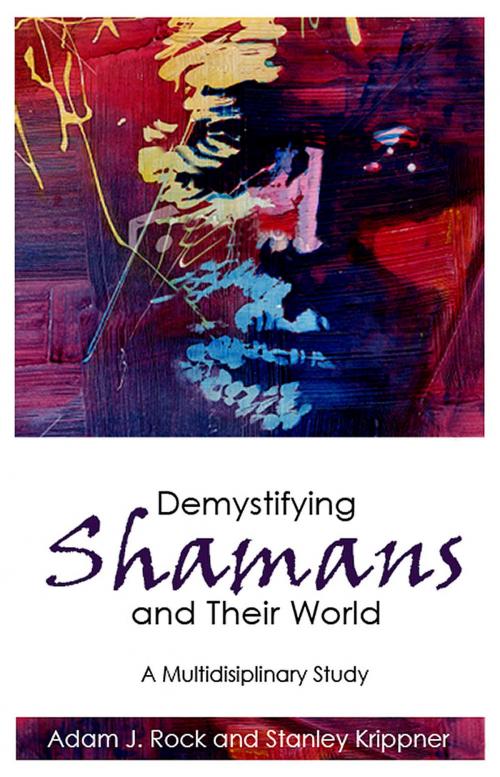Demystifying Shamans and Their World
A Multidisciplinary Study
Nonfiction, Social & Cultural Studies, Social Science, Anthropology, Religion & Spirituality, Philosophy, Mind & Body| Author: | Adam J. Rock | ISBN: | 9781845403324 |
| Publisher: | Andrews UK | Publication: | October 14, 2011 |
| Imprint: | Imprint Academic | Language: | English |
| Author: | Adam J. Rock |
| ISBN: | 9781845403324 |
| Publisher: | Andrews UK |
| Publication: | October 14, 2011 |
| Imprint: | Imprint Academic |
| Language: | English |
Shamanism can be described as a group of techniques by which its practitioners enter the “spirit world,” purportedly obtaining information that is used to help and to heal members of their social group. Despite a resurgence of interest in shamanism and shamanic states of consciousness, these phenomena are neither well-defined nor sufficiently understood. This multi-disciplinary study draws on the fields of psychology, philosophy and anthropology with the aim of demystifying shamanism. The authors analyse conflicting perspectives regarding shamanism, the epistemology of shamanic states of consciousness, and the nature of the mental imagery encountered during these states.
Shamanism can be described as a group of techniques by which its practitioners enter the “spirit world,” purportedly obtaining information that is used to help and to heal members of their social group. Despite a resurgence of interest in shamanism and shamanic states of consciousness, these phenomena are neither well-defined nor sufficiently understood. This multi-disciplinary study draws on the fields of psychology, philosophy and anthropology with the aim of demystifying shamanism. The authors analyse conflicting perspectives regarding shamanism, the epistemology of shamanic states of consciousness, and the nature of the mental imagery encountered during these states.















